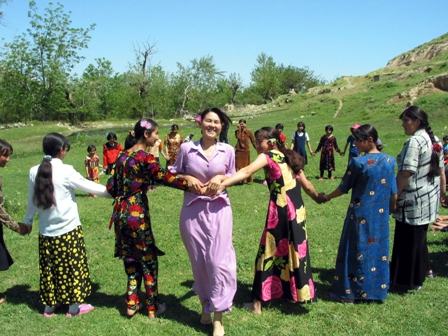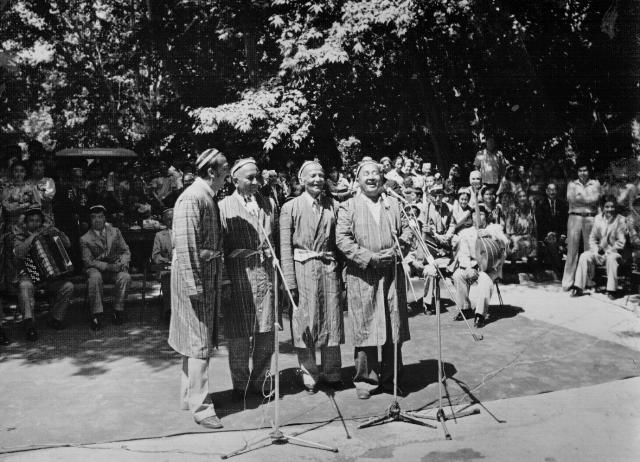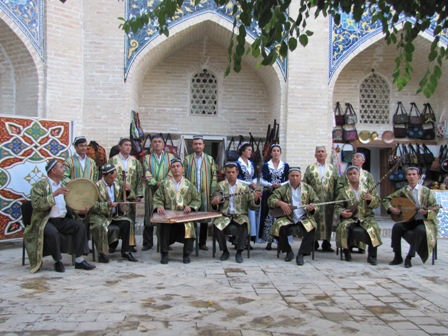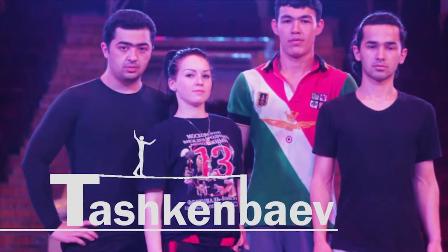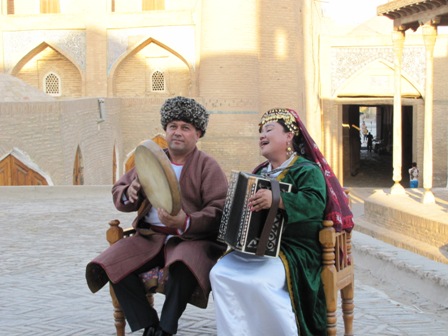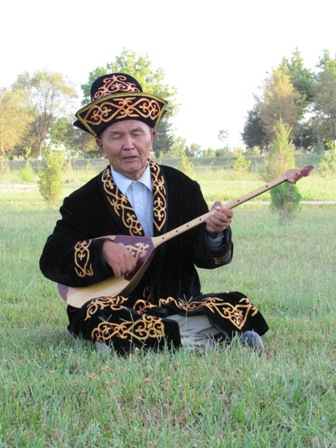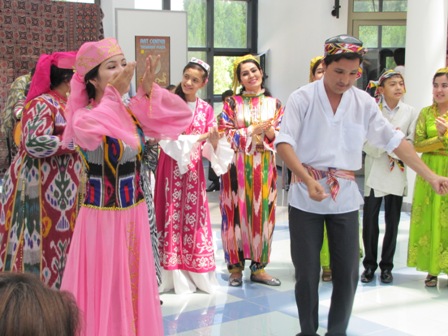Tales
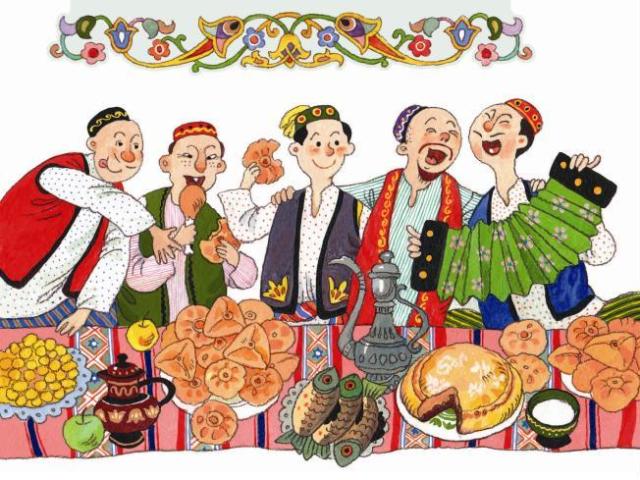
Domain: Oral Traditions and Expressions
Index Number: 01.02
Tale is one of the most ancient and mass genres of Uzbek oral folk art. Oral stories, which are constructed based on fantastic ideas and artistic fiction, and which bear didactic idea and purpose, are called "tale" (in Uzbek – "ertak"). While representing an example of intangible cultural heritage, tales reflect, to a certain degree, worldview, national character, lifestyle and thinking of the people. Important role in the emergence of tales occupy ancient myths, traditions, rituals and customs.Although in Uzbek folklore studies the term "ertak" is used to denote a tale, in various regions of Uzbekistan this genre is commonly known as "matal", "ushuq", "varsaqi" and "chopchak".
In tales certain event is narrated in the form of a complete story, in which, thanks to the use of fantastic and artistic fiction, artistic delight in the people is awakened. In fact, tales reached us after they underwent various changes in the course of historical development. And these changes, which took place in the ideological direction, composition, tasks and heroes, resulted in the emergence of their new versions. In addition, new versions of tales can emerge in the process of tale narration, which is closely associated with the performer (i.e. with his creative talent and worldview, his ability to reflect the reality, the degree of his knowledge of traditions connected with tale narration, his experience and state of mind).
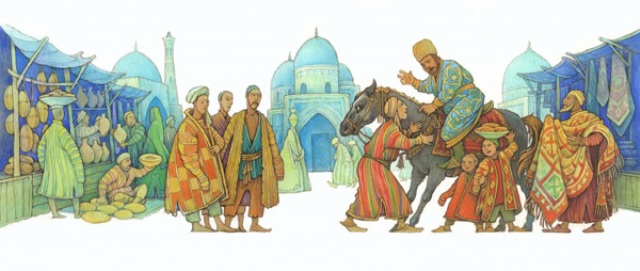
Based on the time and place of occurrence of the artistic fiction (which forms tale's basis), its relation to the reality, its main function and principles of artistic reflection, tales are divided into the following: а) Tales about animals ("Fox and Stork", etc.); b) Fairy tales ("Kenja botir", "Muqbiltoshotar", etc.); c) Everyday life-related tales ("Davlatmirzo", "Ayoz", etc.).
Tales have their own typical composition and consist of lead (introduction), development of events and ending parts.
Lead (introduction), by attracting listener's attention, prepares him for the listening process. As a rule tale's lead does not inform about the time as to when the event occurred. It only tells it in somewhat generalized way. In everyday life-related tales the lead is very concise and simple. Even though the time of occurrence of the event is uncertain in them, it is not mysteriousness which is felt, but vigor. At the same time the name of the place where the event occurred as well as the name of the hero is accurately and completely given in such tales.
Ending presents the final part of the tale. In general, endings of fairy tales always end up with the description of festivities and celebrations. In contrast, in everyday life-related tales, the ending, which is the result of certain events, describes certain dominating social mood or provides some didactic visions.
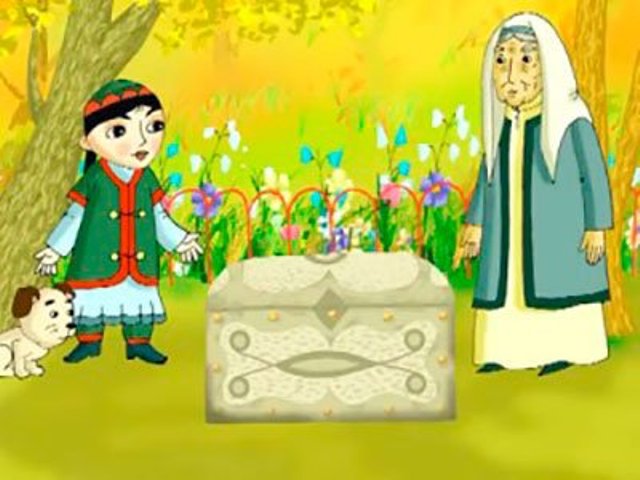 Narrators of tales are called "ertakchi" (tale-teller). Each tale-teller differs from the rest with the character of tale he narrates and the manner he performs it. Some tale-tellers became popular by narrating tales about animals, others – by narrating fairy tales or everyday life-related tales.
Narrators of tales are called "ertakchi" (tale-teller). Each tale-teller differs from the rest with the character of tale he narrates and the manner he performs it. Some tale-tellers became popular by narrating tales about animals, others – by narrating fairy tales or everyday life-related tales.
Tale-tellers are divided into creative ones and performing ones. A creative tale-teller approaches the fairy tale he has heard in a creative manner, and without breaking established traditions adds to it some new features, thereby increasing its impact. Also, based on his level of knowledge and skill, and taking into account the requirements of listeners, he introduces some changes to the events of the tale. Performing tale-teller narrates the tale in the same way he has heard it, without applying creative approach to its content.
Significant are the merits of professional tale-tellers in ensuring that tales continue to live at present and that they are passed on from one generation to another. Such tale-tellers as Hamrobibi Umarali qizi, Hasan Khudoybergan oghli, Haydar Boycha oghli, Nurali Nurmat oghli, Husanboy Rasulov, Abdughofur Shukurov once were famous in the past. And it was from them that many examples of tales were documented. Notably, nowadays a great number of tales are being published under different names.
Tales, in which national and universal human values found their reflection, indeed represent a great educational value.





